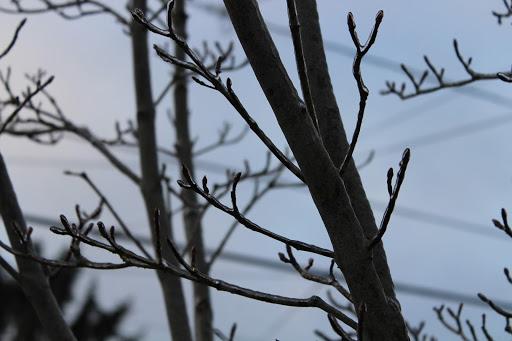
Ah, the joys of fall. The leaves crunching underneath your shoes, the smell of baked pies and burning wood wafting through the air, and the brightly colored trees to gaze at outside your window. Then, winter arrives with its own set of wonders. You enter the holiday season, the slew of sweet treats continues, and the prospect of snow is on the horizon. There is a good reason why people get excited about the transition to fall and winter. However, people who are affected by seasonal depression often have a different experience.
According to the National Institute for Mental Health (NIMH), Seasonal Affective Disorder (SAD) is a type of depression that coincides with certain seasons. For most patients, symptoms appear in the fall and last throughout the winter months. Some people do experience SAD in the spring and summer, though it is much less common.
Those affected by the winter pattern of SAD experience common symptoms of major depression as well as symptoms specific to humans’ biological nature in correlation to the fall and winter months. Bill McClendon, Franklin High School’s AP Psychology teacher, points out that winter is supposed to be a time of rest. This is why many species undergo hibernation in the winter. Humans do not live in perfect accordance with nature, however, and the business of work, school, and life does not slow down to adapt to our biological rhythms. Therefore, people often feel more sluggish, tired and drained during fall and winter, especially those diagnosed with SAD. According to McClendon, this has to do with the overall lack of light during this time of year. When your brain is no longer exposed to light, melatonin, the sleep hormone, is released by the pineal gland. This explains why people tend to feel more alert and energized during the summer instead of the prolonged periods of exhaustion that occur in the winter.
However, people with SAD experience these biological trends on a more heightened scale. “When there’s less and less light, it’s hard to describe, but it kind of feels like a drain of all energy, creativity, and will to do anything,” says former Franklin student Mira Hartley (11). Hartley, who is diagnosed with SAD, provides insight to the fact that while SAD does have to do with the seasonal biological rhythms affecting everyone, it also is resemblant of major depression. Among the most common symptoms of major depression is what Hartley refers to as the lack of a “will to do anything.” Even the smallest tasks such as getting out of bed in the morning require a tremendous amount of effort. “I don’t ever want to do anything,” continues Hartley. “I feel very unproductive, drained, and stuck.” According to NIMH, some other symptoms commonly experienced by those diagnosed with major depression or SAD include persistent feelings of sadness or anxiety, changes in appetite, feelings of hopelessness and in more extreme cases, thoughts of suicide or suicide attempts. McClendon brings up that though everyone produces more melatonin in the winter than they do in the summer, the belief is that people with SAD are overproducing melatonin during this time of year. Because serotonin, a neurotransmitter responsible for feelings of happiness, is sometimes converted into melatonin, this overproduction likely means that serotonin levels are below where they should be, providing a chemical explanation for these depressive episodes.
This all sounds very dark and gloomy, and while there’s no sugarcoating depression, it isn’t all bad. There are numerous ways to treat depression, seasonal or not. Of course, there are traditional treatments like medication and psychotherapy, but there are also small, personal lifestyle changes that can make an impact. For example, most people underestimate the effect of their diet on their mental health. The Mental Health Foundation advocates for a balanced and nutritional diet due to its correlation with feelings of wellbeing and positive trends in mental health. Additionally, some SAD patients purchase special lamps to use for light therapy. Some of these lamps are labeled as “Happy Lights,” but even simply switching your light bulbs to full spectrum can do the trick.
Of course, it would be ignorant to say that a healthy diet and increased exposure to full-spectrum light cures SAD or depression on its own. In reality, they are each one piece of a very large and complex puzzle that we call mental health. Numerous factors influence our mood and wellbeing, some of which we have no control over. My advice to you is to stay on top of what you can control to the best of your ability.
To all of you struggling with seasonal depression right now, you got this! You are loved, strong, brave, and most certainly not alone. Keep up the fight!

































